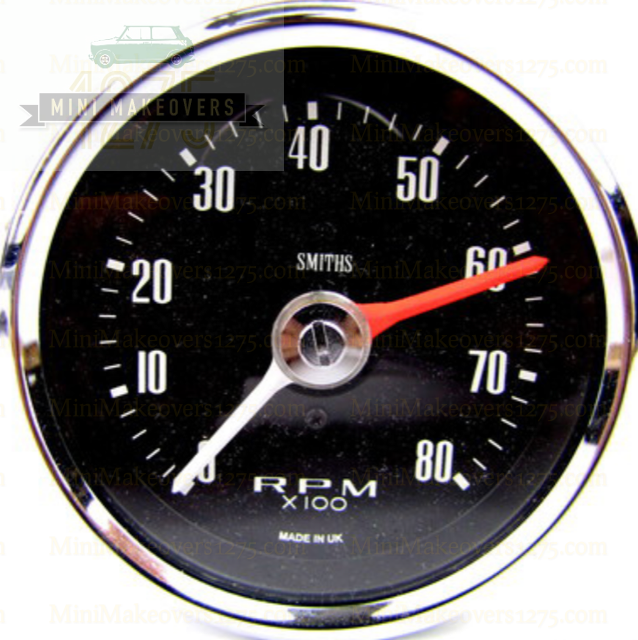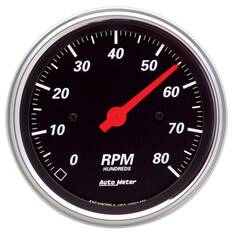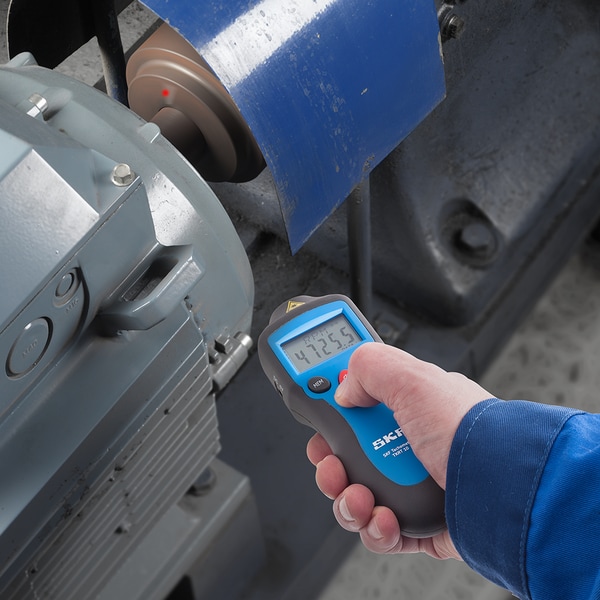Leading Reasons Every Vehicle Driver Demands a High-Quality Tachometer
Leading Reasons Every Vehicle Driver Demands a High-Quality Tachometer
Blog Article
The Relevance of a Tachometer in Keeping Track Of Engine Rate and Performance in Automotive Applications
In the world of automotive design, the tachometer stands as a pivotal tool in the driver's toolbox, providing a straight window right into the internal workings of a lorry's engine. Beyond its feature as a mere gauge of changes per minute (RPM), the tachometer functions as an essential device for enthusiasts and experts alike, supplying real-time insights into engine efficiency and health. Recognizing the significance of this gadget goes past surface-level monitorings, delving into the complex partnership between engine speed, power outcome, and total driving experience. As we explore the diverse function of the tachometer in auto applications, a much deeper gratitude for its influence on lorry characteristics and efficiency begins to emerge.
Value of Checking Engine RPM
Checking engine RPM, or transformations per minute, is a vital element of vehicle upkeep and performance assessment. Engine RPM directly correlates with the rate at which the engine's crankshaft turns, showing just how promptly the engine is running - tachometer. By checking RPM, technicians can examine the health and wellness of the engine, discover potential problems, and fine-tune performance. An unusual RPM analysis might indicate issues such as engine misfires, damaged ignition system, or issues with the fuel distribution system. Continually high RPM analyses could indicate hostile driving routines or the requirement for a greater equipment shift to boost fuel effectiveness.
Furthermore, monitoring engine RPM is necessary for efficiency evaluation in racing and high-performance lorries. In summary, keeping track of engine RPM is not just crucial for detecting issues however additionally for maximizing engine performance in various automobile applications.

Benefits of Real-Time Information
In auto applications, real-time information plays a crucial role in offering instant insights into the performance and problem of the vehicle. By constantly keeping an eye on different specifications such as engine speed, temperature, fuel consumption, and much more, real-time data offers many advantages that add to enhanced performance and security when traveling.
One substantial advantage of real-time information is its capability to sharp motorists and professionals to any anomalies or issues quickly. This proactive approach makes it possible for quick identification of potential troubles, enabling for prompt interventions to avoid additional damages or failures. In addition, real-time data helps with performance optimization by giving instant responses on driving routines and engine effectiveness. Chauffeurs can readjust their habits in real-time based on this details to accomplish better gas economic climate and prolong the lifespan of their vehicle.

Furthermore, real-time information plays a crucial duty in contemporary automotive diagnostics, enabling service technicians to rapidly detect and resolve malfunctions. This brings about minimized downtime, reduced maintenance prices, and eventually, boosted overall automobile integrity and durability (tachometer). By utilizing the power of real-time information, auto stakeholders can make educated decisions that positively impact both the efficiency and long life of the automobile
Impact on Gear Shifts
The tachometer plays a vital duty in maximizing gear shifts by offering real-time engine speed data to the driver. When approaching the redline on the tachometer, it signals the driver to upshift to protect against over-revving the engine and triggering moved here prospective damages.
Moreover, the tachometer aids in accomplishing smoother gear changes, especially in manual transmissions. By keeping track of engine rate, vehicle drivers can execute gear shifts at the optimal RPM variety, decreasing snagging movements and decreasing endure the transmission elements. This accuracy in gear modifications not just improves driving comfort but additionally adds to fuel effectiveness.
Enhancing Fuel Efficiency
Given the critical role the tachometer plays in enhancing equipment shifts for efficiency and engine health, it directly adds to optimizing gas performance in automotive applications. By giving real-time feedback on engine speed, the tachometer helps vehicle drivers in preserving the most efficient RPM variety for gas economy. When drivers regularly keep an eye on the tachometer and change their motoring routines appropriately, they can prevent unnecessary fuel usage triggered by over-revving or carrying the engine.
Moreover, the tachometer aids drivers recognize the most fuel-efficient equipment to be in at any type of given minute, stopping the engine from working more challenging than necessary. In conclusion, the tachometer serves as a useful tool in enhancing fuel efficiency by promoting optimum driving practices and determining areas for renovation click over here now in the automobile's efficiency.

Taking Full Advantage Of Engine Long Life
The tachometer's duty in checking engine speed and efficiency is critical in ensuring the long life of automobile engines. Keeping track of the tachometer permits chauffeurs to stay within the recommended RPM range for their vehicle, protecting against unneeded stress on the engine and extending its lifespan.

Conclusion
To conclude, the tachometer plays a crucial function in monitoring engine speed and efficiency in automobile applications. By supplying real-time information on RPM, it enables efficient gear shifts, enhanced gas efficiency, and optimized engine durability. This device is essential for maintaining optimum engine efficiency and making certain the total functionality of a vehicle.
Report this page